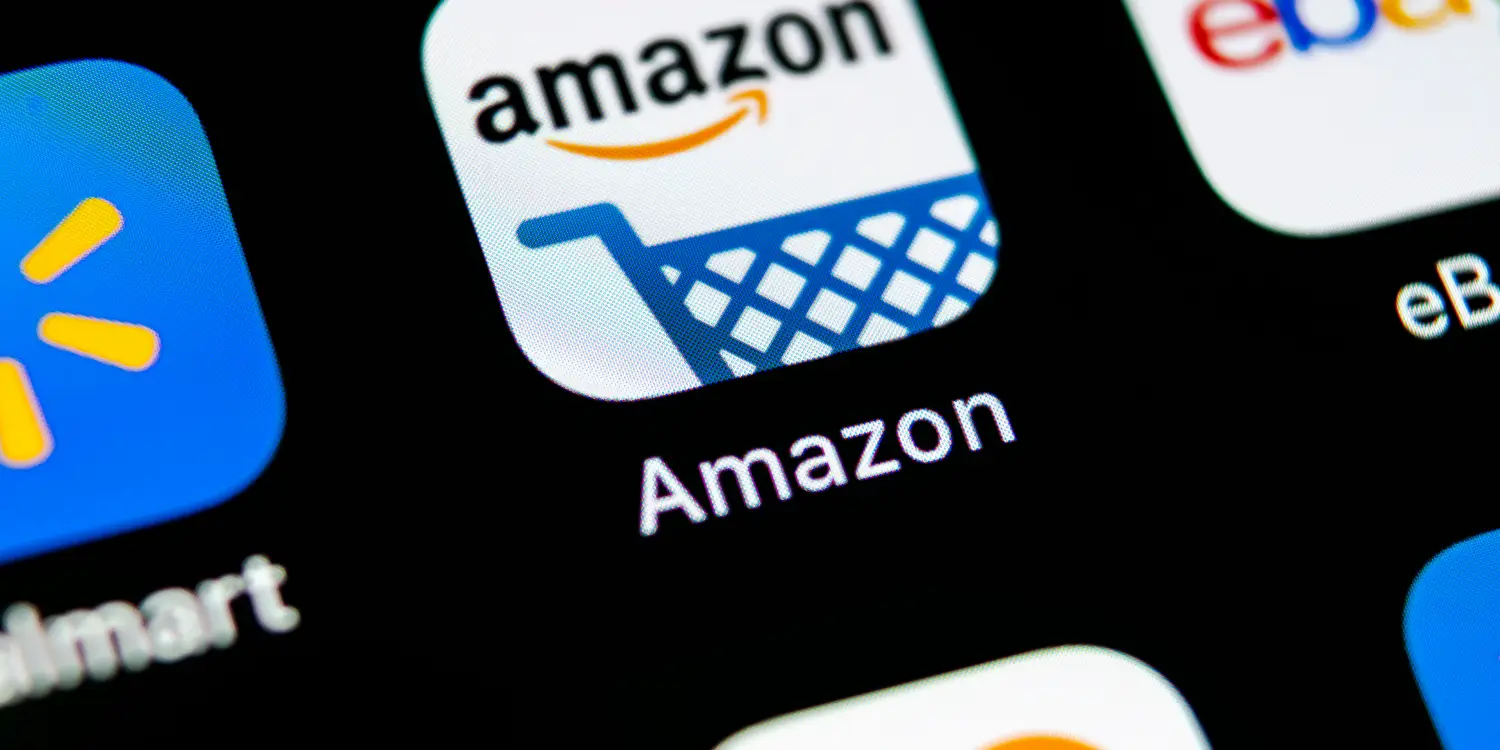In the aftermath of the COVID-19 pandemic, the world saw what became known as “The Great Resignation.” This ongoing economic trend has seen an unprecedented number of employees resign from their full-time, permanent positions as workers across the globe felt a growing desire to take control of their destinies. A major contributor to The Great Resignation, is the rise of e-commerce providing a wide range of opportunities for entrepreneurship and business ownership. For many, e-commerce, fueled by powerful marketplaces like Amazon, has provided an alternative to the 9 to 5 grind of the corporate world.
Among the many entrepreneurial opportunities presented by the rise of e-commerce marketplaces is third-party (3P) selling. 3P sellers utilise Amazon and other marketplaces to sell wholesale products directly to consumers.
When ordered from Amazon 3P products appear with the labels “Fulfilled by Amazon” or “Ships from and sold by the retailer”. Most 3P sellers typically acquire their inventory by purchasing it directly from distributors or through marketplaces such as Alibaba or from other retailers for resale.
But amidst, third-party sellers which are genuine, there are also some unauthorized 3P sellers in the mix. The unfortunate reality is that these unauthorized 3P sellers could be selling, materially different, damaged, stolen or counterfeit goods.
More-and-more consumers are turning to e-commerce for their shopping. On Black Friday, online sales reached a record-breaking $9.12-billion, according to techcrunch.com. As the shift from brick-and-mortar retail to e-commerce continues, so will opportunities for unauthorized 3P sellers to swoop in and capitalise on gaps left by established brands.
When it comes to Amazon in particular, beating unauthorized 3P sellers all comes down to learning their tactics and taking action to compete against them:
Keep an eye out for Negative Reviews
While a brand might appear to have captured a niche market, unauthorized third-party players are looking to swoop in on a hot product. It is a common tactic amongst them to carefully analyze reviews of a brand’s products to identify improvement areas. From there, they can create new use cases for a product and begin selling the same or strikingly similar private-label products.
Oftentimes, these beating anonymous or unauthorized 3p sellers may even be using the same supplier to undercut the competition. This is why brands should always stay on top of their product reviews to ensure they are one step ahead of 3P sellers and are prepared to quickly alter or scale their products in response to consumer feedback.
What’s more, negative reviews are incredibly harmful to a brand’s reputation and impact a vital aspect of beating 3P sellers on Amazon: winning the Buy Box.
Be on top of Out of Stocks and Product Variants
As highlighted in a previous GreySout blog, Amazon’s Buy Box is a critical piece of online real estate. The Buy Box refers to the white box on the right side of any Amazon product’s detail page, where users can purchase an item or add it to their digital shopping cart. Despite investing a great deal of time and money into building a strong brand with a reputation for delivering quality products, 3P sellers can easily take sales away from established brands by winning the Buy Box.
This is why maintaining a strong supply chain is critical. In addition to customer reviews, Buy Box’s algorithm also takes into account price as well as stock availability.
To beat the unauthorized 3P sellers, brands must ensure they are rarely, if never, out of stock of an item, while also remaining competitive with their pricing to ensure their products own the Buy Box.
As noted above, 3P sellers often analyse out-of-stock items and try to offer products a brand is not able to fulfil at that point in time. They also tend to keep an eye out for popular product variations which are not in stock.
For example, if a brand is offering a clothing product in just one colour or size, a 3P seller can offer that same product in a variety of sizes and colour options to give consumers more freedom to customise their purchase. The same goes for products with added features to serve different functions. Hence, monitoring popular pack sizes, and all the variants to understand the 3P presence across marketplaces is crucial.
The Bottom Line
On the surface, unauthorized 3P sellers can be seen as a thorn in the side of established brands as they look to undercut prices and sell – in most cases – products nearly identical to those sold and innovated by established brands.
However, the activity of 3P sellers can provide some useful lessons on where the supply chain leak is, product feedback, products more prone to counterfeiting/unauthorized selling and more.
By utilising brand protection software like GreyScout, brands can ensure they are one step ahead of 3P sellers by staying on top of the quality of products which are being offered, verifying that these products are genuine and fit for sale, and enforcing against unauthorized 3P sellers who are found to be selling subpar products, or product which don’t align with the brand policies on eCommerce marketplaces.

